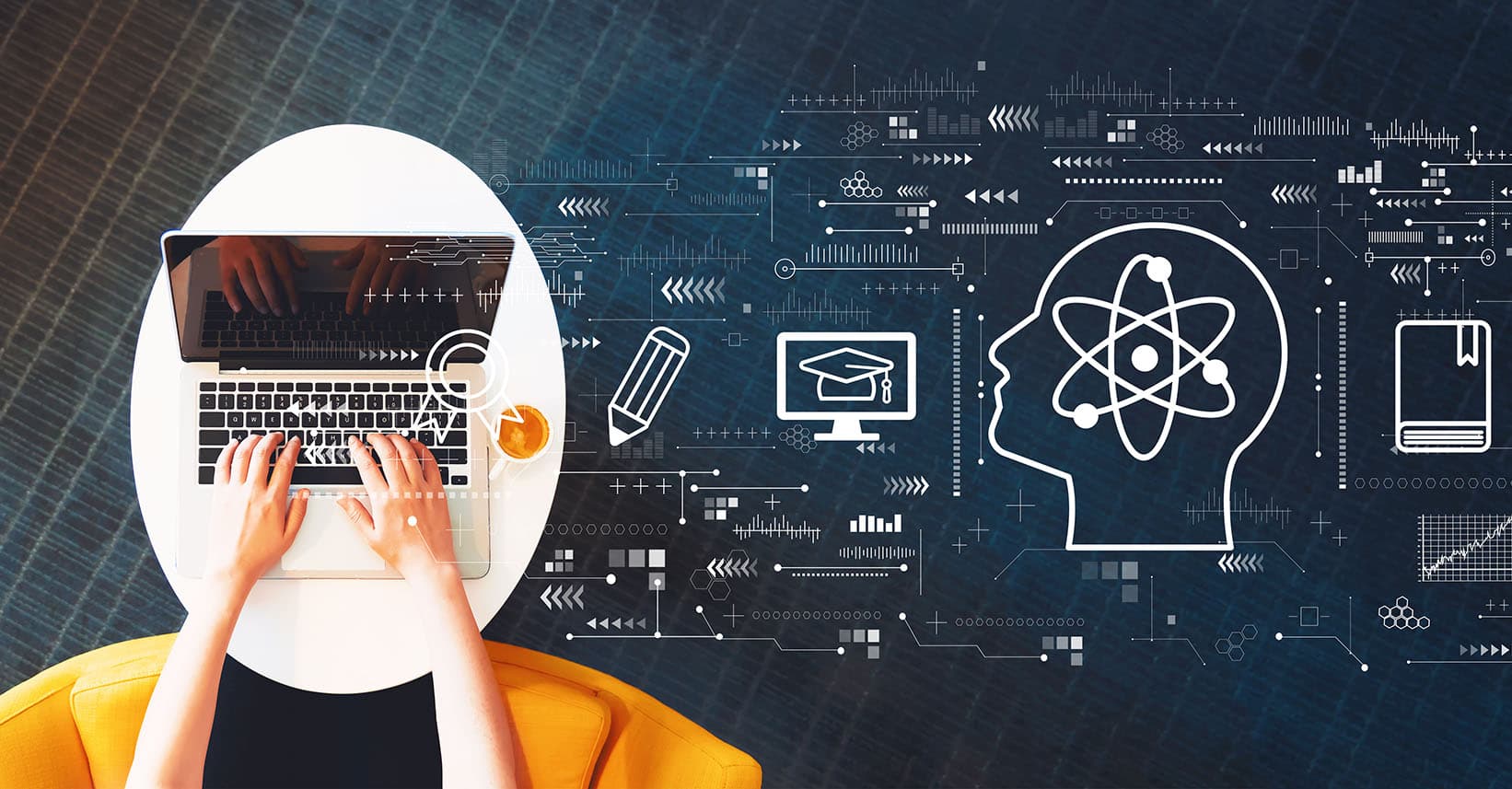The impact of digital disruption on our everyday lives is often challenging to comprehend. If we were to think back to the advent of when personal home computers were still in their infancy, for example, it is difficult to imagine just how central a role they – and other forms of technology - would play in our lives only 30-40 years later. Industries such as retail, music and entertainment, and financial services have had to fundamentally reassess their business models to adapt to the new reality that we face. And as we plan for the future, education must be no different.
Crucially, we must remember that we are maybe only just beginning to see digital disruption take it course. The World Economic Forum has labelled the ongoing digitalization we are seeing as the Fourth Industrial Revolution, representing "fundamental change in the way we live, work and relate to one another". Just as it was difficult to foresee the future 30-40 years ago, so too it is complex to imagine the world in 30-40 years from now.
The current era of digitalization presents a host of unique opportunities to further educational goals, and at Ecole hôtelière de Lausanne (EHL) we have prioritized the achievement of these in a number of ways. Central to all of our efforts has been a clear, well-formulated digital transformation framework for education, which has enhanced our ability to continually adapt and innovate in line with digital developments. Five key components of our digital transformation framework are especially worth reflecting on:
INVEST IN EDUCATION TOOLKIT
With this 10-step process, you will have all the tools you need
to master the critical areas of a successful school.
1. Understand what digital transformation for education means
Broadly speaking, a well-rounded definition for digital transformation is the ongoing effort to integrate digital technologies into each area of the business, leading to core changes. For many organizations, and those working within them, this can be a somewhat daunting thought, particularly in the education sector which is such a fast-paced and multidisciplinary environment. While digital transformation will mean different things to different organizations, it must clearly be understood that digital transformation is not about replacing everything we are doing, but rather complementing it by preparing our students for future technological developments.
The value of real-life exchanges and interactions should not be undermined, and indeed this is something that we view as essential to the educational experience.
Digital transformation is simply about building on our existing ‘off-line’ educational methods with the integration of digital technology – making us more competitive and our students more prepared for the opportunities of the digital world. A clear understanding of what digital transformation is, its overarching goal, and the various opportunities it can present, must be a repeated starting point for the transformation process as a whole and specific projects within it.
2. Incorporate digitalization as part of organizational strategy
In the education sector, we are faced with many different areas in which to look for constant improvement. Whether it be factors such as content and curriculum, teaching, assessment or research, the day-to-day running of educational institutions is often busy and intense. As with any areas of change to such environments, it can be challenging to repeatedly take a step back and re-assess whether we are not only doing things right, but doing the right things.
The importance of digital education has been a key component of EHL’s strategy going forward, and this has been crucial to our digital transformation. In the education sector in particular, there are a number of diverse stakeholders, including students and their families, governmental departments, and local businesses and residents. All rightly have an important stake in our future, and by clearly identifying the opportunities associated with digitalization, we have been able to get widespread support for our digital plans and activities. While strong, focused leadership is essential, digital transformation cannot be a one-person mission, and by incorporating it into our strategy, we have been able to receive the necessary backing for our ideas.
3. Tailor digital transformation processes to specific needs
Engaging in a digital transformation process can be somewhat intimidating for educational leaders. There is a great responsibility to get things right quickly, while the implementation of specific technologies will often require specialized expertise. A temptation of leaders is therefore to look for step-by-step frameworks used by other organizations, whether in education or otherwise, and simply transplant this into their own structures, without careful consideration of existing context and priority needs.
There is undoubtedly a lot to learn from other leaders in this field, but every digital transformation for education process must be tailored somehow to the specific culture and context of the institution in question.
At EHL, we have placed important emphasis on ensuring that are digital transformation projects as not only well-planned, but also take into account the existing unique culture and context we have across different ways of teaching (e.g. practical arts classes vs. business management classes). Moreover, we are assisting other education providers to put their digital transformation processes into place, and helping them to identify which priorities best suit them given their context, resources and people.
4. Create agile systems to test and adapt
With a clear understanding and stated intention in place, the focus then turns to specific activities to be completed as part of the digital transformation for education process. The widespread support and excitement behind digital transformation processes, if not managed well, can risk turning into widespread disappointment is there are bumps in the road and immediate solutions are imperfect.
At EHL, we have made remarkable progress on digital transformation very quickly, but we have always tried to make sure that patience and pragmatism are inherit parts of our transformation process. New ideas must be repeatedly tested before they become standardized, and all projects should aim to start small and show continuous improvements, rather than big, revolutionary overnight changes. This is especially important to keep in mind, as gradual processes have both enabled us to gather a wealth of information and experience along the way, while also offering us the opportunity to re-align our initiatives in line with the feedback and the data we have gathered. Long-lasting digital transformation must be encouraged, but it must be an exercise in evolution, rather than revolution.
5. Retain a focus on students at all times
There are many important stakeholders to consider when conducting a digital transformation process, both internally with education institutions and externally. It is often easy to get caught up in discussions with different stakeholders and lose focus on why the digital transformation is so important – to benefit the students directly.
In our efforts, we have repeatedly reminded ourselves of the end goal for our digital transformation projects – notably, providing the best possible experience for our students and the best possible platform for their future success.
Having this core focus has enabled us to remain consistent and undistracted, and improved various aspects of our service offering, ranging from the content we are educating on, to the delivery of how we are doing it. Be it the professors, the social interactions the students receive, or the wider environment in which they are in – all contribute and form an essential part of the EHL experience.





